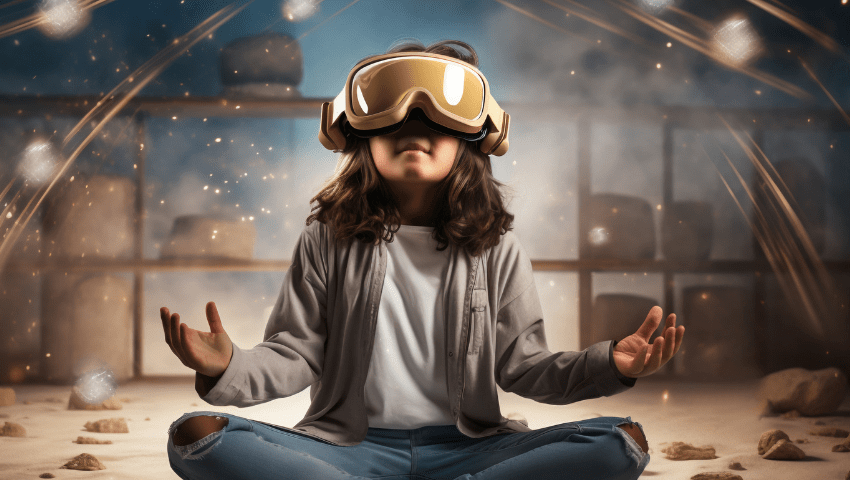Augmented Reality (AR) is a groundbreaking technology that overlays digital content—such as images, sounds, and other data—onto the real world. Unlike Virtual Reality (VR), which immerses users in a completely virtual environment, AR enhances the physical environment by adding interactive and dynamic elements, seamlessly blending the real and the virtual.
“AR relies on a combination of hardware and software to deliver its immersive experience.”Design and Comfort Here’s a breakdown of its components:
- Hardware:
- AR Devices: Smartphones, tablets, AR glasses, and headsets (like Microsoft HoloLens or Magic Leap) serve as the primary tools for experiencing AR.
- Cameras and Sensors: These capture the physical environment and track movement to overlay digital elements accurately.
- Processors: AR devices use powerful processors to analyze data from sensors and cameras in real time.
- Software:
- AR Platforms: Tools like ARKit (Apple) and ARCore (Google) enable developers to create AR experiences.
- Computer Vision: This technology recognizes and understands the physical world, identifying surfaces, objects, and spaces.
- Content Rendering: The software generates digital content that matches the real-world perspective, ensuring the overlay feels natural and immersive.
Key Features of Augmented Reality
- Real-Time Interaction: AR content is designed to interact with the user in real-time, providing dynamic and responsive experiences.
- Spatial Awareness: AR recognizes the dimensions and features of the physical environment, allowing virtual elements to be placed accurately.
- Multi-Sensory Experience: Some AR systems incorporate sound, haptics, and even olfactory elements to enhance realism.
Applications of Augmented Reality
AR has a wide range of applications across various industries:
- Gaming and Entertainment:
- Games like Pokémon GO have showcased AR’s potential by blending virtual characters into real-world settings.
- AR is also used in interactive storytelling and immersive concerts.
- Education and Training:
- AR enhances learning by visualizing complex concepts, such as anatomy in medical training or historical reconstructions in history classes.
- In professional training, AR provides realistic simulations for fields like aviation, surgery, and manufacturing.
- Retail and E-commerce:
- Virtual try-ons for clothing, makeup, or furniture placement allow customers to preview products in real-world contexts.
- Healthcare:
- AR assists surgeons by overlaying critical information during operations.
- It also supports physical therapy through guided exercises.
- Real Estate and Architecture:
- AR allows architects and clients to visualize designs in real-world environments before construction begins.
- Real estate agents use AR to offer virtual walkthroughs of properties.
- Marketing and Advertising:
- Brands create interactive AR campaigns to engage customers, such as AR filters on social media platforms.
Benefits of Augmented Reality
- Enhanced User Experience: AR provides interactive and engaging experiences that are more memorable than traditional methods.
- Improved Decision-Making: By visualizing products or scenarios, users can make more informed choices.
- Increased Accessibility: AR applications are often easy to use and available on devices like smartphones, making the technology accessible to a broad audience.
Challenges of Augmented Reality
- Hardware Limitations: While AR-capable devices are becoming more common, advanced AR experiences often require high-end hardware.
- Privacy Concerns: AR applications that collect and process real-world data can raise concerns about user privacy.
- Development Costs: Creating high-quality AR content requires specialized skills and resources.
Conclusion
Augmented Reality is transforming the way we interact with the world, bridging the gap between the physical and digital realms. With applications spanning entertainment, education, healthcare, and beyond, AR is poised to become a cornerstone of future technology. As it continues to advance, AR promises to unlock new possibilities, making our everyday experiences more interactive, engaging, and insightful.

